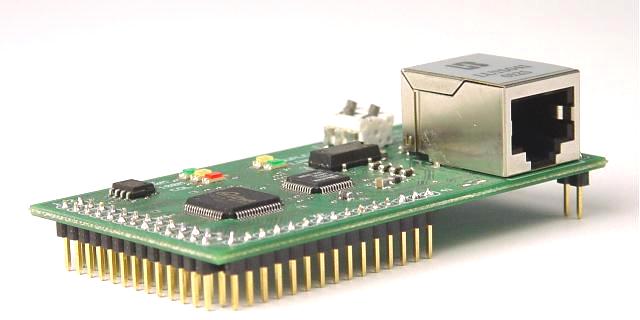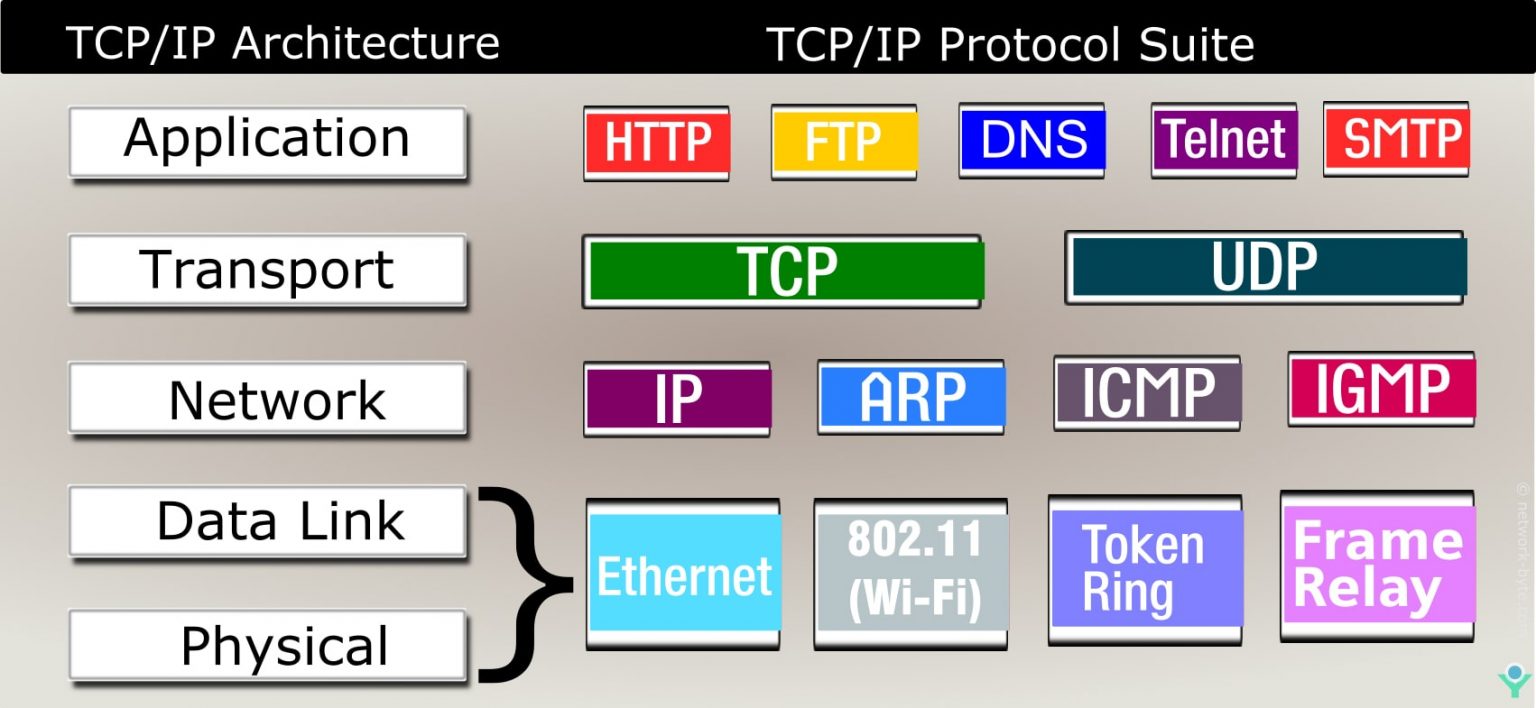

UDP packets have a protocol header RAW packets do not.The UDP protocol field has a fixed value whereas RAW sockets can bind to any protocol number.The second call will return the first 150 bytes of the 2000 byte packet and throw away the last 1850 bytes. When the remote host calls receive twice with sizes 100 and 150, the first call will return the first 100 bytes of the 1000 byte packet and throw away the last 900 bytes. If send is called with a data size larger than the MTU value, the packet will be fragmented. if send is called twice with data sizes 10 then two packets will be sent of sizes 10 (assuming the MTU size for the network is large enough). Also, UDP preserves message boundaries set by sends, i.e. Any reliability checking needs to be done at the application layer (or by using TCP). When data is sent, the only thing that is guaranteed is the packet was sent out on the wire. UDP is an unreliable transport system used to transfer data between machines. Cengage.RTIP-32 supports the following packet types: Invitation to Computer Science (8 th ed.). Internet Protocol, Version 6 (IPv6) Specification). These fields are decremented at each hop, and the packet is deemed undeliverable and destroyed if they reach zero, preventing network congestion. As seen in the IP headers above, the protocol has a built-in safety feature, time to live in IPv4 and hop limit in IPv6. The packet is then passed along the route by pairs of linked nodes until it reaches its destination, where it is finally processed.

Then, an optimal route is determined between the source and destination through Djikstra’s shortest path algorithm, also accounting for the possibility of network failures when a path between two nodes is unavailable (Schneider & Gersting, 2019). In this case, IP obtains the IP address corresponding to the domain name through DNS before it can communicate with the destination (Schneider & Gersting, 2019). websites) in a way that is easier for humans to recognize and remember. A domain name is often employed to identify hosts (e. An addressing scheme is used to identify individual nodes in the network, consisting of a 4-byte IP address in IPv4 and 128-byte IP address in IPv6. Thus, the TCP header follows the IP header in the packet. IP encapsulates the TCP segment with an additional header concerned with routing the datagram to its destination node in the network. This makes TCP a reliable and error-resistant protocol, although it also limits its transmission speed, compared to protocols like UDP. The receiving system also communicates back, acknowledging the reception of each packet thus, if a packet’s delivery fails, the sending system can resend only that part of the data. Once received, the segments are reassembled according to the enumeration assigned in the header.
Tcp ip packet sender verification#
Each segment is given a header that contains critical addressing and verification data. The data passed down to TCP from the application layer on the sending system is divided into packets, or segments, which are then sent to the receiving node. Individual connections are assigned a port number within the system, identifying the sending and receiving applications internally (ISI, 1981b). Once the packets are received at the destination host, they are reassembled into usable data. Then, the packet is routed through the network using IP.

Before transmission, data received from the application layer is split up into smaller pieces called packets, each appended with a header containing data required to determine its destination address and position within the finished message. TCP is concerned with establishing a connection and transporting data between two nodes on the network, whereas IP is responsible for the packet’s transmission through the network. The purpose of these protocols is ensuring the formation, sending and delivery of data between host machines. In the Open Systems Interconnection (OSI) framework, they primarily function at layers 4 (transport layer) and 3 (network layer), respectively (Schneider & Gersting, 2019). It is the most commonly used suite for both local area networks (LANs) and the broader internet (Schneider & Gersting, 2019). TCP/IP is the combination (protocol suite) of Transmission Control Protocol (TCP) and Internet Protocol (IP), also known as the Internet protocol suite.


 0 kommentar(er)
0 kommentar(er)
